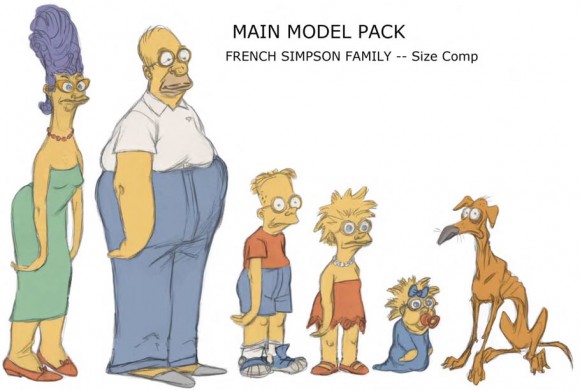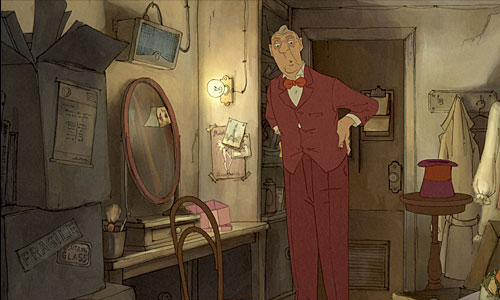I had heard good reviews of This One Summer from my friend Anna Craig, who has a personal copy, yet never got around to reading it. I stopped by the library today and was so absorbed in the book I read it in one sitting! It seemed to utilize everything I loved about comics; the visual sounds, stunning imagery, and just honest storytelling. The way the two girls interact is so similar to the way I acted with my friends when I was younger, even down to the awkward pauses which you could just feel within the writing. The entire story dealt with the different complicated themes that women of each age go through: from the pubescent worries and trials of your first crush to your teenage exploration of your sexuality (and what the consequences may be) and to an older woman dealing with a miscarriage and what that means for her family. I think that's why the story was so gripping; there were so many different relatable themes going on at once that you wanted to know the stories to, even though the story only really focuses on the interactions of these two friends.
The greatest thing about this story that it is a gripping story dealing with mostly all women dealing with real women problems talking about actual things women and girls talk about and it is written by women! It is rare to find a stories that are so relateable to how women actually think; stories that treat us as complex characters, and I truly feel that this is probably the best piece i've read in this class so far. From an animation standpoint, I naturally pick up on acting and dialogue. For me, I love the acting in this bit right here:
It's something where they're both completing an action, and not just spitting out dialogue. And the whole wringing out your hair is such a part of honest acting and you are even more intrigued with the story when the other character swims away. I really love moments like this because there is so much subtext within it, and of course it's drawn and portrayed beautifully.
It's something where they're both completing an action, and not just spitting out dialogue. And the whole wringing out your hair is such a part of honest acting and you are even more intrigued with the story when the other character swims away. I really love moments like this because there is so much subtext within it, and of course it's drawn and portrayed beautifully.





